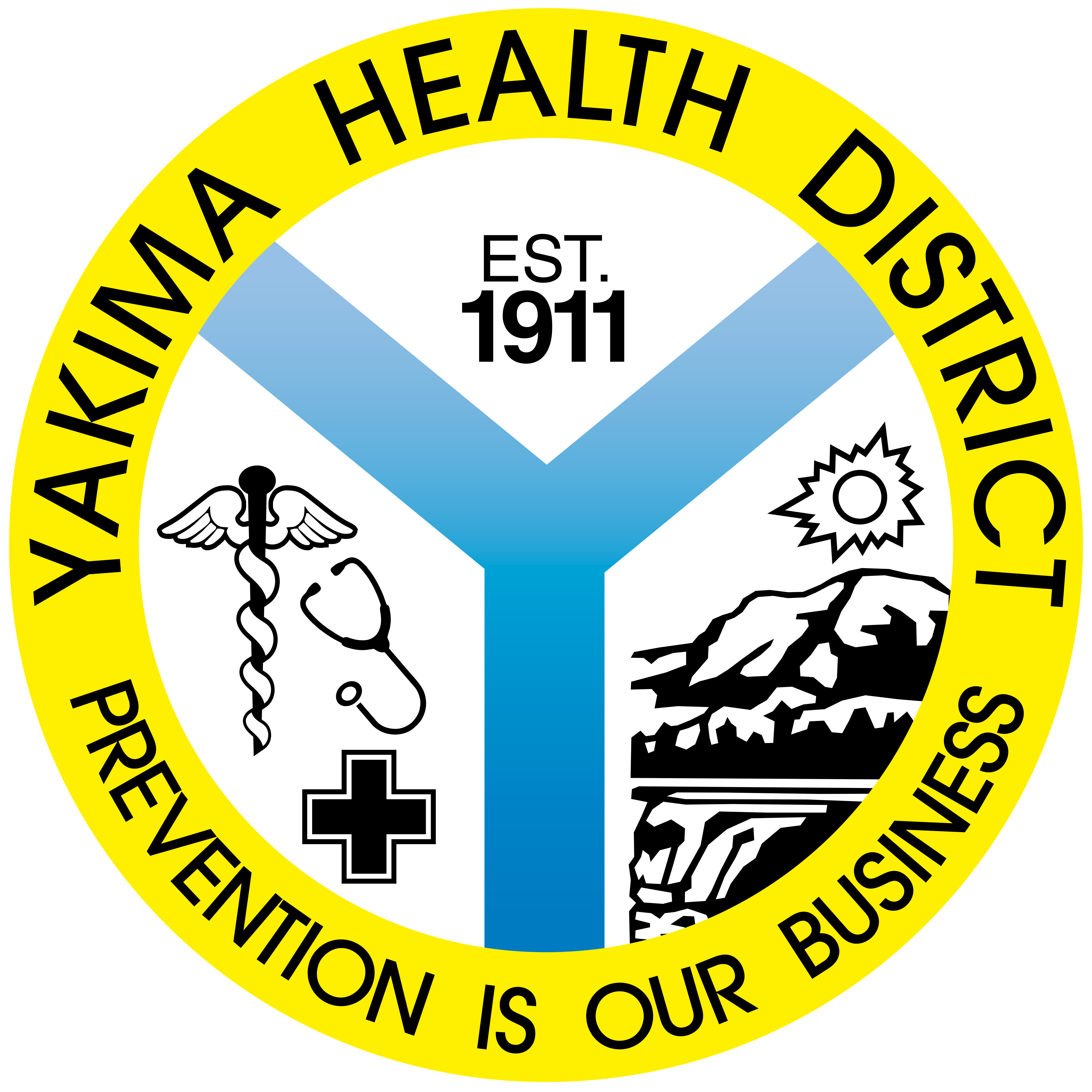
High-Priority Candidates for Latent Treatment Infection (LTBI) Treatment
Positive QuantiFERON-TB Gold (QFT) (>0.35 IU)
Tuberculosis Skin Test (TST) ≥5 mm
- HIV-positive people.
- Recent contacts of person with infectious tuberculosis (TB).
- People with fibrotic changes on chest x-ray (CXR) suggestive of previous TB; or inadequate treatment.
- People with organ transplants or immunosuppression therapy.
TST ≥10 mm
- Recent arrivals (less than five years) from endemic areas.
- Substance abusers.
- Residents/employees of healthcare, correctional or long-term care facilities.
- Children and adolescents exposed to high-risk adults.
- People at high risk for certain medical conditions.
Conditions that Increase the Risk of Tuberculosis Disease
- Diabetes mellitus.
- HIV infection.
- Substance abuse.
- TST converter (≥10mm increase in TST in past 24 months).
- Prolonged corticosteroid therapy or other immunosuppressive therapy.
- End-stage renal disease.
- CXR findings suggestive of previous TB in persons inadequately treated.
- Cancer of head and neck.
- Hematologic and reticuloendothelial disease.
- Intestinal bypass or gastrectomy.
- Chronic malabsorption syndromes.
- Silicosis.
- Low body weight (10% or more below ideal).
- Recent contact to person with infectious TB.
- Infants and children younger than five years with known positive TST.
Possible Contraindications
- People at high risk for adverse reactions to isoniazid (INH).
- People who cannot tolerate INH.
- People likely to be infected with drug-resistant M. tuberculosis.
- People highly unlikely to complete a course of therapy.
Use Caution When Prescribing LTBI Treatment for People Who:
- Abuse alcohol.
- Are on hormonal contraceptives.
- Are pregnant.
- Inject drugs.
- Currently use other medications that may interact.
- Have chronic liver disease.
- Have or are at risk for peripheral neuropathy.
- Have a history of adverse reactions to LTBI medications.
Centers for Disease Control and Prevention (CDC) Preferred Regimen
1. ISONIAZID (INH).
- Adults need nine months of therapy; 5 mg/kg/day, not to exceed 300 mg/day.
- Children need nine months of therapy; 10-15 mg/kg/day, not to exceed 300 mg/day.
Please consider pyridoxine 50 mg daily to reduce symptoms of vitamin B deficiency.
Alternate Regimens
2. RIFAMPIN (RIF).
- Adults need four months of therapy: RIF—10 mg/kg/day, not to exceed 600 mg/day.
- Children need four months of therapy: RIF—10 to 20 mg/kg/day, not to exceed 600 mg/day.
3. INH + RIFAPENTINE.
- No Children under 12 years of age.
- One dose every seven days x 12 doses in total under direct supervision.
- Refer to Recommendations for Use of an Isoniazid-Rifapentine Regiment with Direct Observation to Treat Latent Mycobacterium tuberculosis Infection.
Patient Education
- Will need monthly visits (all regimens).
- Educate on signs and symptoms of hepatitis.
- Rifampin discolors urine.
- Rifampin may interfere with anticoagulant therapy, reduces the efficacy of hormonal contraceptives.
- Educate on symptoms of neurotoxicity.
Monitor Monthly
Monitor LTBI treatment patient for:
- Adherence to the prescribed regimen.
- Signs and symptoms of hepatitis.
- Symptoms of neurotoxicity.
Dispense no more than one month supply of medication at one time.
Questions? Contact Yakima Health District at (509) 575-4040 or (800) 535-5016.
